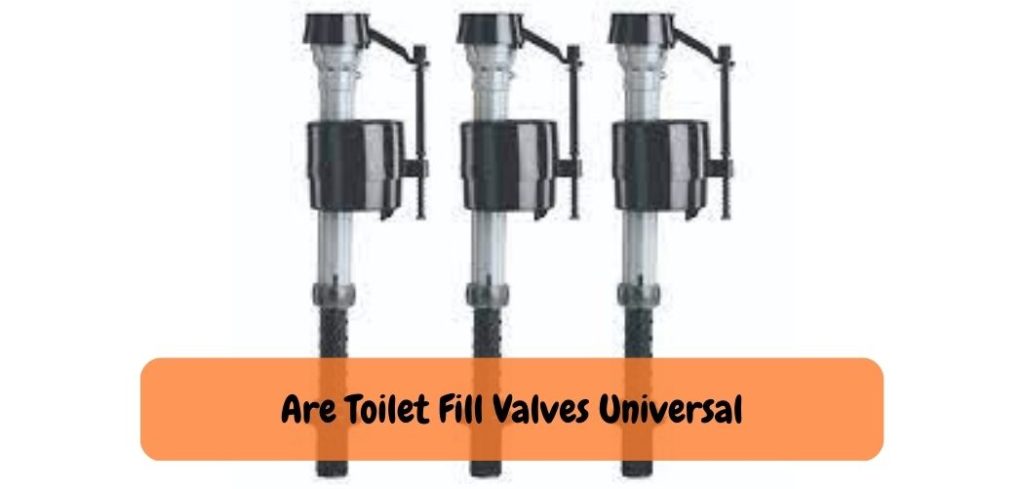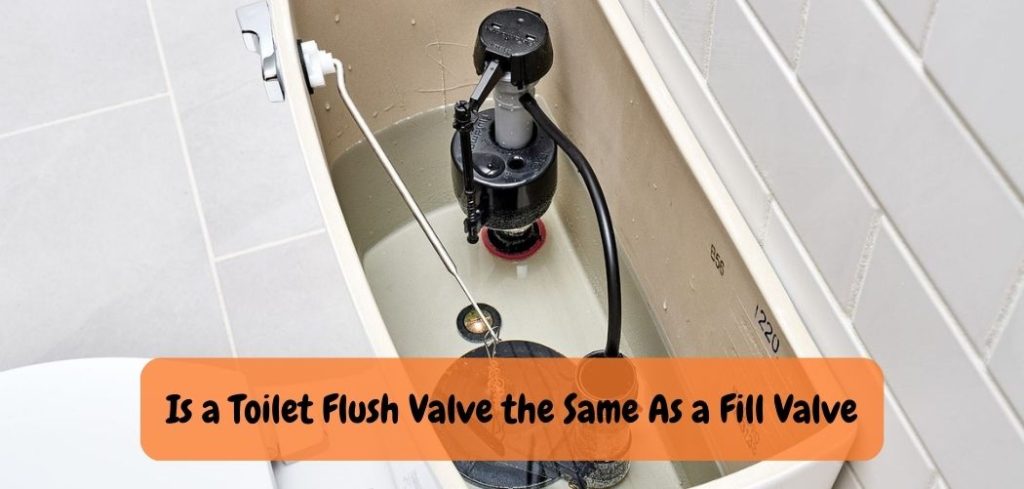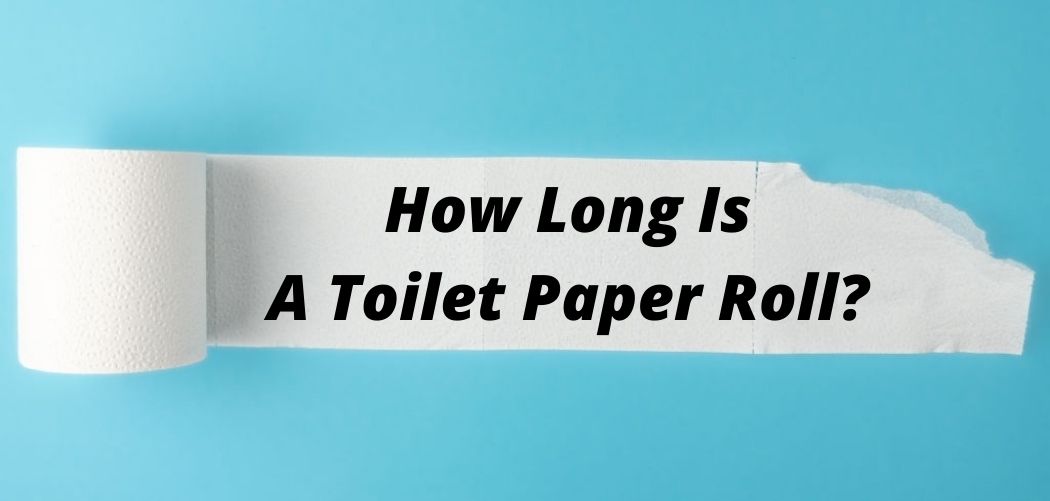The toilet fill valve is an essential component of any toilet system, yet many homeowners may not fully understand what it does or how it works. Put simply, the fill valve is responsible for controlling the flow of water into the toilet tank after it has been flushed. Without a functioning fill valve, the toilet would not be able to properly refill with water, which could result in a variety of problems ranging from noisy operation to decreased efficiency. In this article, we’ll take a closer look at what a toilet fill valve does, how it works, and why it’s so important to the proper functioning of your toilet system. Whether you’re a homeowner looking to understand more about your toilet or a DIY enthusiast looking to tackle a plumbing project, this guide will provide valuable insight into the role of the toilet fill valve.
What Does a Toilet Fill Valve Do

A toilet fill valve, also known as a ballcock, is a crucial part of a toilet’s plumbing system. It is responsible for controlling the flow of water into the toilet tank after the toilet has been flushed, ultimately determining how much water is used to refill the tank. A properly functioning fill valve will help to ensure that your toilet refills quickly and efficiently, using only the necessary amount of water.
The fill valve works by responding to the water level in the tank. When the tank is empty, the fill valve opens to allow water to enter the tank. As the tank fills with water, a float on the fill valve rises, eventually triggering the valve to shut off the water flow once the desired water level has been reached. This ensures that the tank is not overfilled, which could lead to water waste and potential damage to the toilet system.
In addition to regulating water flow, the fill valve can also play a role in reducing noise from the toilet. Older, outdated fill valves can often be loud or create a hissing sound as they operate. Upgrading to a newer, more efficient fill valve can help to minimize noise and provide a more pleasant experience.
Overall, the fill valve is an important component of any toilet system. By controlling the flow of water into the tank and regulating water usage, it helps to ensure that the toilet functions properly and efficiently. Understanding the role of the fill valve can help homeowners to identify and address any problems with their toilet system and make informed decisions about repairs and upgrades.
Toilet Fill Valve Problems

If you’re having problems with your toilet fill valve, there are a few things that could be causing the issue. First, check to see if the water shut-off valve is turned on all the way. If it’s not, turn it until it stops and see if that solves the problem.
If the water shut-off valve is turned on all the way and you’re still having issues, it’s possible that there is something blocking the valve from opening fully. This could be anything from dirt and debris to a build-up of mineral deposits. If you think this might be the case, you can try cleaning out the valve with a vinegar solution or CLR (calcium lime rust) remover.
Simply soak a cloth in either of these solutions and wrap it around the valve so that it’s completely submerged. Let it sit for a few hours before flushing out the solution and trying again.
If you’ve tried both of these things and you’re still having problems, it’s time to call a plumber.
There could be a more serious issue at play, such as a broken fill valve or leak in your plumbing system. Don’t risk making things worse by trying to fix it yourself – let a professional handle it!
How Does a Toilet Flush Valve Work?

A toilet flush valve is the part of the toilet that controls how much water is released into the bowl when you flush. It is a vital component of any toilet, and understanding how it works can help you to troubleshoot common problems that may occur with your toilet.
The flush valve is opened and closed by a flapper, which is attached to a rod that extends from the handle on the outside of the toilet tank.
When you lift the handle, the rod raises the flapper and allows water to flow from the tank into the bowl. The amount of water that is released is controlled by a float ball that sits on top of the water in the tank. As long as the float ball remains above a certain level, water will continue to flow into the bowl.
Once enough water has enteredthe bowl,the increased weight ofthe float ball causes it to fall,which shuts offthe flowofwaterfromthetank.
Are Toilet Fill Valves Universal?

He Are Toilet Fill Valves Universal? The answer to this question is a resounding no! There are many different types of toilet fill valves on the market, and they are not all compatible with each other.
In order to ensure that you purchase the correct fill valve for your toilet, you will need to know the make and model of your toilet. Once you have this information, you can then proceed to purchase a fill valve that is compatible with your toilet.
How to Adjust Toilet Fill Valve?

If your toilet is running constantly or not filling up properly after being flushed, you may need to adjust the fill valve. The fill valve is responsible for regulating the amount of water that enters the tank after a flush. It’s a fairly simple process to adjust the fill valve, and it only takes a few minutes.
Here’s how: First, locate the knob or lever on the side of the fill valve. This is what you’ll use to adjust the water level.
If you can’t find it, consult your owner’s manual. Once you’ve found it, turn it clockwise to raise the water level and counterclockwise to lower it. Next, flush your toilet and observe how much water remains in the bowl.
If there’s still too much or too little water, readjust as needed until you get it just right. That’s all there is to it! By making this simple adjustment, you can save yourself from a lot of wasted water – and money on your water bill.
What Happens When Toilet Fill Valve Fails?

When a toilet fill valve fails, it can cause a number of problems. The most common problem is that the toilet will not flush properly. The water level in the bowl will drop and the toilet will not refill correctly.
This can lead to overflows and flooding. In some cases, the fill valve may leak, causing water to drip into the bowl or onto the floor. If you do not repair or replace the fill valve, it can eventually cause serious damage to your home.
How Do You Tell If Toilet Fill Valve is Broken?

If your toilet isn’t flushing properly or if the water level in the tank seems to be dropping, it’s possible that you have a broken fill valve.
Here are some signs to look for: –
The tank is slowly draining water, which could cause by a clog in the fill valve itself. If this is the case, you’ll need to replace the valve. – The water level in the tank is low: This could be due to a leak in the fill valve. Check to see if there is any water leaking from around the base of the valve.
If so, you’ll need to replace it. After each flush, the toilet doesn’t seem to be refilling, which could indicate that the float arm on the fill valve is stuck in the “down” position. Try gently moving it up and down to see if it will budge. If not, you’ll need to replace the valve.
Can a Toilet Fill Valve Cause Toilet to Run?

If your toilet is running constantly, it’s most likely due to a problem with the fill valve. The fill valve is the part of the toilet that controls the flow of water into the bowl. When it isn’t working properly, water can leak into the bowl, causing the toilet to run.
There are a few different things that can cause a fill valve to malfunction. A dirty or corroded fill valve can become stuck in the open position, allowing water to flow constantly into the bowl. A faulty float or float cup can also cause problems.
The float is what tells the fill valve when to turn off and on, so if it isn’t working properly, the toilet will keep running.
If you think your fill valve may be causing your toilet to run, first try cleaning it with vinegar or replacing any parts that look worn out or damaged. If that doesn’t solve the problem, you may need to replace the entire fill valve assembly.
Is a Toilet Flush Valve the Same As a Fill Valve?

When you depress the handle, the toilet flush valve releases water from the tank to the bowl, and the fill valve refills the tank with water after flushing.
How Toilet Fill Valves Work | How to Fix a Toilet for Beginners
Conclusion
In conclusion, any toilet system relies on the toilet fill valve, which regulates the flow of water into the tank and determines how much water to use for refilling the tank after flushing. By understanding the role of the fill valve and how it works, homeowners can ensure that their toilet is functioning properly and efficiently, reducing the risk of water waste, noise, and other potential problems.
If you’re experiencing issues with your toilet or simply want to upgrade to a newer, more efficient fill valve, make sure to consult with a licensed plumber or DIY expert to ensure that you can safely and effectively complete the job. With the right knowledge and resources, you can enjoy a properly functioning and quiet toilet for years to come.









